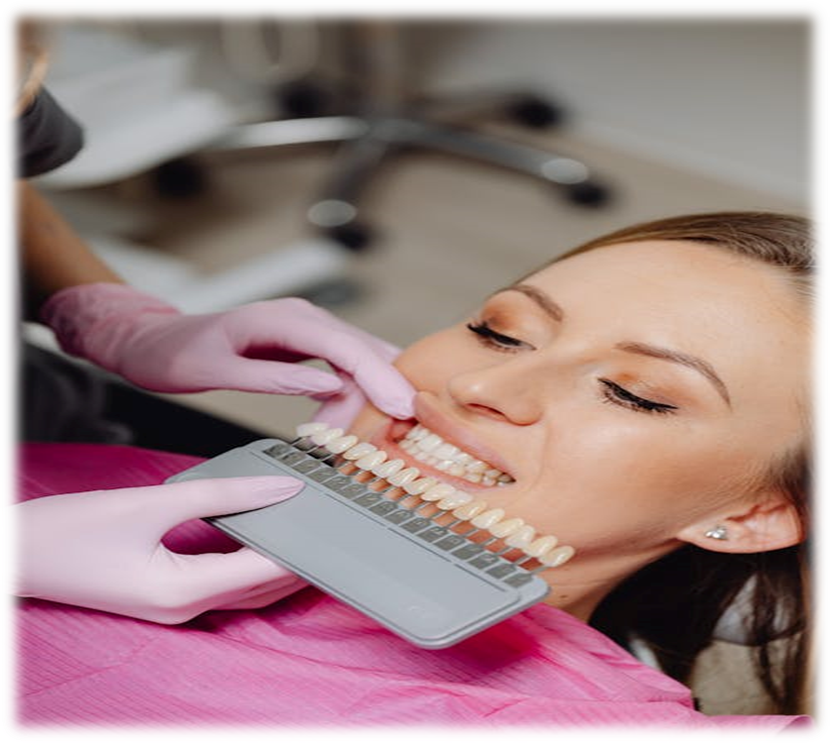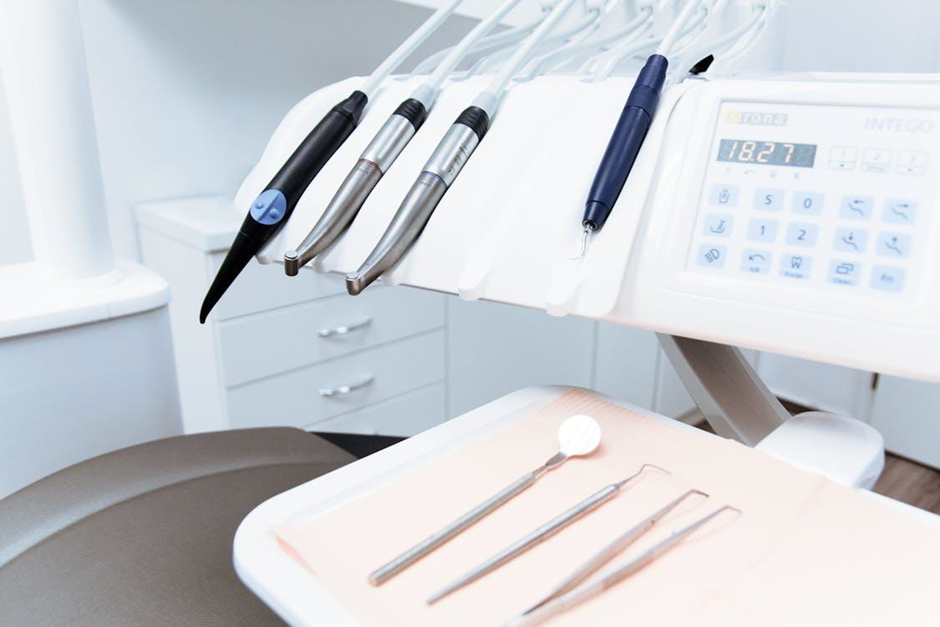What is a Dry Socket? The Ultimate Guide
Dry Socket

Teeth can be extracted due to a variety of reasons, including decay or wisdom tooth removal. When one or more teeth are removed, there is a chance that you develop a dry socket. This can be extremely painful and challenging to live with. Not to mention, potentially dangerous if left untreated.
If you suspect you might have this condition, you should seek out professional help as soon as possible. Here’s everything you need to know about this condition including its symptoms, risk factors, and treatment of dry sockets. Being aware of all the information will help you prevent it from developing in the first place.
What is a Dry Socket?
When a tooth is extracted from the gum and bones, normally, blood clots tend to develop in the empty hole that is left behind. These clots protect the underlying nerves and bones. However, a dry socket develops when these blood clots are dislodged or fail to form in the vacated space.
As a result, the nerves and bones are exposed, which is why the condition can be extremely painful. Not only that, but it can also lead to potential infections due to the exposure.
What Are the Symptoms of Dry Socket?
So how do you know that you have a dry socket?
The most common and obvious sign that points towards a dry socket is throbbing and deep pain that will not go away. This pain is not only at the site of extraction, but it can also travel upwards to your jaw and the rest of your face. Other symptoms of this medical state include the following:
- Empty space at the site of the extracted tooth
- bad breath
- Unpleasant taste
- The exposed bone that you can see in the mirror
Who is Likely to Get Dry Socks?
Individuals who have recently undergone a tooth extraction, whether it was a decaying or a wisdom tooth, are likely to develop dry sockets. That said, it should be noted that it is a largely rare condition. It almost never happens unless you have specific risk factors that make you more vulnerable to it.
Dry Socket Risk Factors
In some cases, there are some patients with specific habits that are more vulnerable to developing dry socket after tooth extraction. Such individuals include those that regularly smoke cigarettes. Sucking on a cigarette can dislodge the blood clot, exposing the nerves and causing a dry socket. Similarly, tobacco contaminates the wound site and contributes towards slow healing.
Another thing that can disrupt the healing process is oral birth control pills since they raise the level of estrogen in the body. If you have experienced it before, you are also more at risk of developing it again. Moreover, individuals who do not follow proper dental hygiene and don’t take care of their wound can also experience dry sockets.
Lastly, if you have had a previous infection or are experiencing one at the site of extraction, you are more vulnerable to developing the similar condition.
Treatment of Dry Sockets
If you think you have dry socket after your tooth extraction, you should consider getting in touch with a dentist and booking an appointment with them as soon as possible. The dentist will then focus on mainly alleviating the symptoms of it. For example, they may prescribe you with painkillers to eliminate the throbbing pain. They will also examine the wound site to determine how serious the condition is and if an infection is developing.
In addition to that, they may irritate the wound site to clear it of any food remnants and also apply analgesic medicated packing on the extraction area to protect the exposed bone and nerves. This packing will probably be coated with gels, medication, a ‘dry-socket paste,’ which will help with reducing the pain at the wound site. Your dressing or packing will need to be changed and cleaned frequently. You can do this on your own at home or have the dentist do it for you.
If the dentist notices an infection or one developing, they may decide a treatment method accordingly. For example, they may prescribe medication to get rid of the bacteria or remove it via medical treatments, such as oral surgery in Dubai.
How Long Does a Dry Socket Last?
A dry socket can last from a week up to ten days. However, the exact time period largely depends on your specific condition. If the blood clot never developed in the first place or was dislodged, it can take up to a week. Additionally, if an infection develops, then the healing time will be much longer. Lastly, timely intervention and treatment of a dry socket can also impact the time it takes to heal.
How to Prevent a Dry Socket from Developing?
Since the exact cause of dry socket is still being researched, there is no sure way of preventing it from developing. However, you can avoid certain activities after a tooth extraction, which can help prevent a dry socket from developing. For example, you should avoid sucking activities like drinking from a straw or smoking a cigarette.
Moreover, you should also be following the guidelines your dentist gave you regarding what to eat and drink and how to keep the extraction site clean. Unfortunately, some people are just more at risk of developing a dry socket than others.
A dry socket is a deeply painful condition that should not be taken lightly. If left untreated, it can lead to an infection that may require more rigorous treatment. Therefore, if you have had a tooth extraction and suspect a dry socket developing, you should get in touch with a dentist at your earliest.
Consider booking an appointment at Dr. Paul’s Dental Clinic to get your consultation. They can provide you with the professional advice and top-notch care that you need.
Also Read : Prepare for wisdom teeth extraction and learn key facts in our blog on Facts About Wisdom Teeth Removal.
Book an Appointment With Your Doctor NOW!
Ready for a brighter smile? Schedule your appointment with Dr. Paul’s Dental Clinic today and experience exceptional dental care.
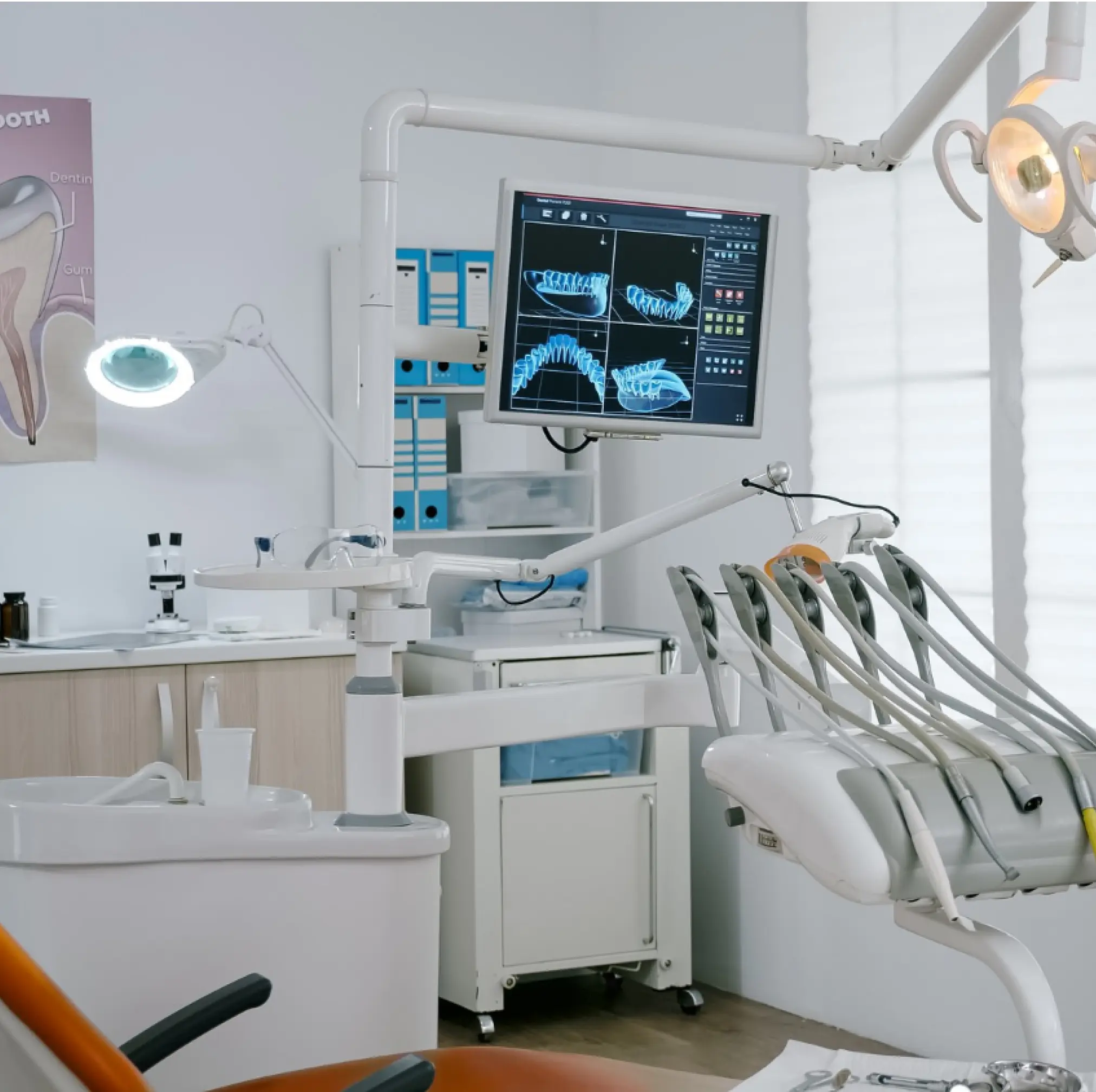
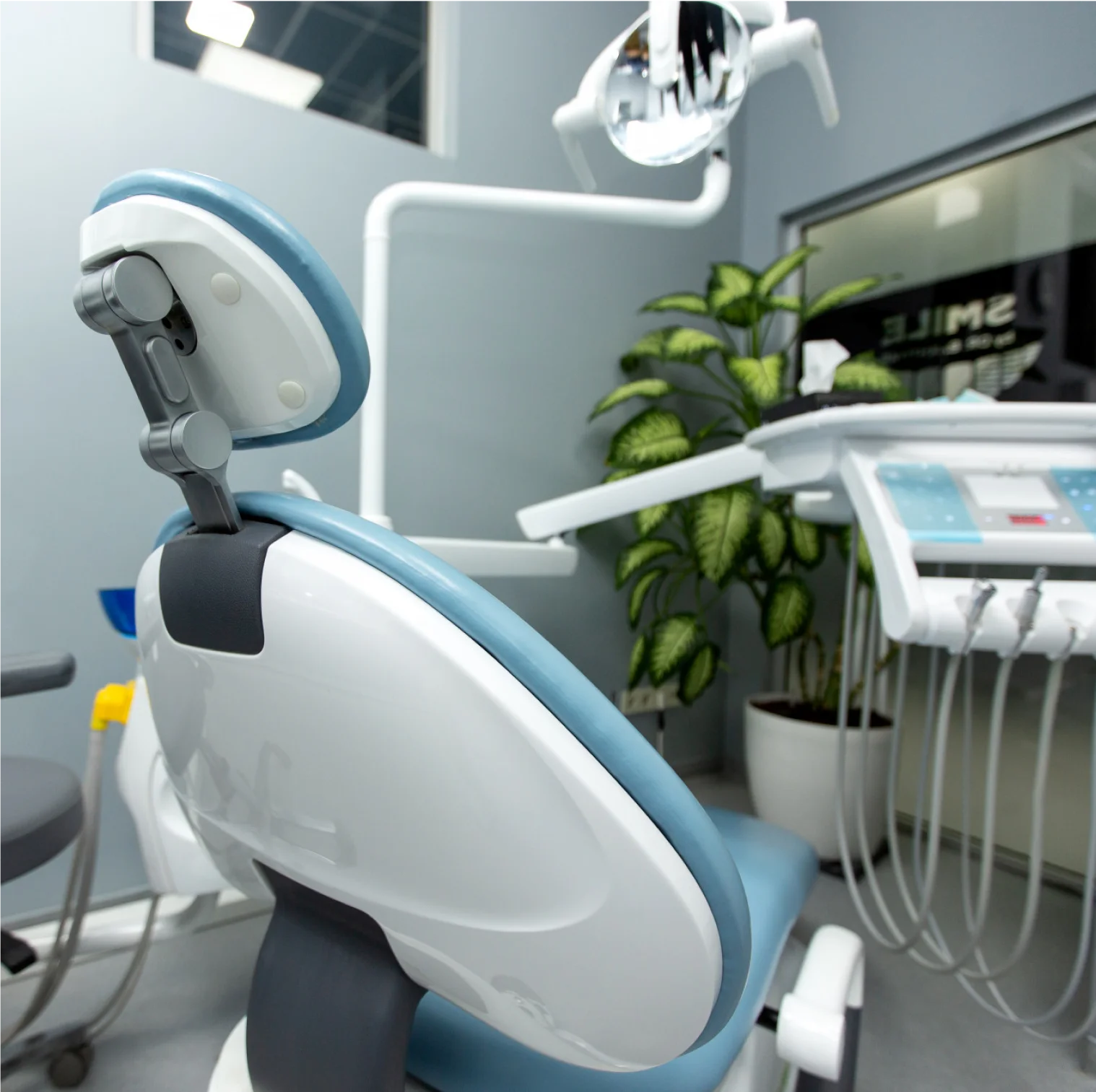

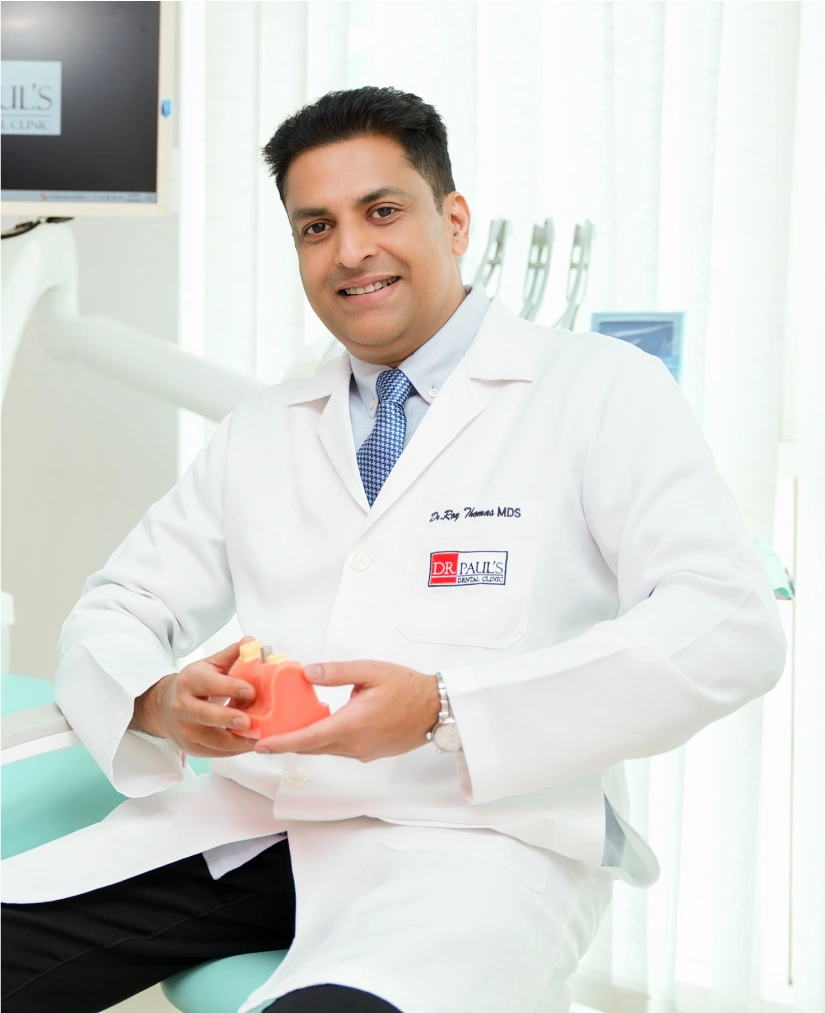 Dr. Roy Thomas
Dr. Roy Thomas 
